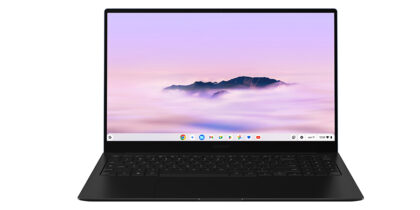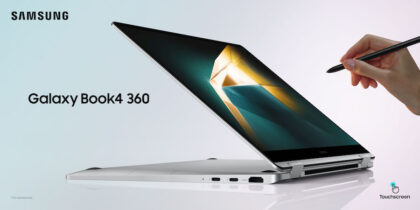Any business user in search of a mobile device will quickly be drawn into discussions of processor performance. There’s much talk in the marketplace of power and speed — and for good reason. Mobile professionals rely on their devices to deliver sometimes hefty doses of computing muscle. When it comes to mobile computing devices, Intel Core m3, i5 and i7 processors dominate the market.
In spite of the hype that sometimes surrounds processor talk, the question isn’t which technology is “better” at driving mobile computing devices. Rather, all processors are designed to balance factors such as heat, speed and battery draw in order to deliver an appropriate solution to a given user’s mobile needs.
A more effective way to frame the discussion is by taking a look at some basic terms that are frequently used regarding processor performance, such as “hyper-threading” and “Turbo Boost Technology.”
Speed, Efficiency and Memory
Speed is a prime consideration in understanding processor performance, and Intel Turbo Boost Technology addresses this need by allowing processor cores to run faster than their normal frequencies. According to TurboFuture, this technology “acts as a temporary ‘overclock’ that increases the CPU’s base clock speed.” Intel Core m3, i5 and i7 processors all support Turbo Boost.
Hyper-threading refers to Intel’s technique for expanding a processor’s ability to multitask. It essentially convinces Windows that each physical processor core is in fact two virtual cores. This allows the operating system to share tasks between these virtual processors, which in turn helps certain applications run faster. Again, all three processors described here support this functionality.
A final piece of terminology worth noting is the cache, or the amount of memory readily available for carrying out computing tasks. This is where we see a difference between processors, with the amount of cache generally increasing as you move from the m3 to the i5, and finally to the i7.
Ranking Processor Performance
That said, what do we see when we put the three processors side by side? First, let’s look at the m3, which is designed for use in slim, light, mobile computing devices like Samsung’s detachable Galaxy TabPro S 2-in-1. Of the three processors, it places less emphasis on computing power and performance, instead focusing on the specs demanded for a mobile form-factor. Most notably, the m3 processor’s architecture requires less energy to operate, and less energy consumption results in a longer battery life and less heat produced. Keeping cooler in turn means the chip does not require a fan, enabling extremely thin but still powerful mobile computing devices.
The i5 is the workhorse of the product line. It features strong performance and delivers sterling graphics for virtually all basic business needs. Samsung incorporates this processor into its 13.3-inch Notebook 7 Spin to provide powerful, reliable performance.
The Notebook 7 Spin at 15.6 inches relies on the even more powerful i7. Combining power and efficiency, the i7 also puts a higher emphasis on performance, especially for those seeking graphics capabilities or with other high-level computing needs.
Given that the vast majority of laptops and 2-in-1s sport Intel processors, anyone seeking a mobile computing device will likely enter into the processor performance conversation at some point. And while it’s important to understand the basic distinctions, it’s also important to keep in mind that comparing processors is rarely a simple endeavor.
A processor is just one piece of the computing equation. It’s important to consider other device specs, such as screen size or battery life, as well as the configuration of applications you’ll need, in order to determine your optimal mobility solution.
Find the mobile device that best suits your business needs, check out our mobile computing selector tool here.





